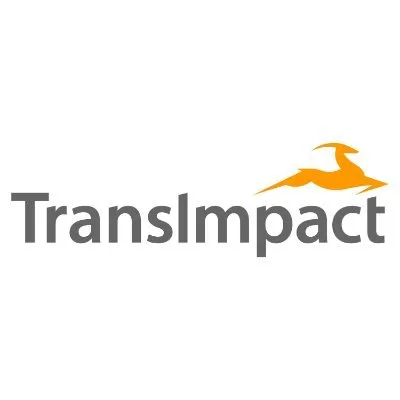Avercast
Product information
Reviews
3.8 out of 5 stars
Avercast is best for enterprise and mid-market supply chain teams who need to improve demand forecasting and inventory planning. It stands out for its deep forecasting algorithms and customizable modules, but may not be ideal if you want a modern, highly intuitive UI or lightweight setup. Compared to main competitors like SAP IBP, NetSuite Demand Planning, and Anaplan, it’s better suited for organizations that need robust, configurable forecasting without the overhead of a full ERP suite. If you’re dealing with inaccurate forecasts, excess inventory, or stockouts, this is probably the right tool. If not, you might want to explore lighter or more integrated alternatives.

Product options
Tool Details
- SAP IBP
- NetSuite Demand Planning
- Anaplan
- Kinaxis
- ToolsGroup
- Highly configurable forecasting models
- Strong support for complex supply chain scenarios
- Modular approach allows tailored deployments
- Good customer support and onboarding
- User interface feels dated compared to newer tools
- Steep learning curve for non-technical users
- Limited integrations with some modern SaaS platforms
- Can be overkill for smaller businesses
Related Resources
How to set up automated demand forecasting workflows in Avercast
Step-by-step guide to building automated demand forecasting workflows in Avercast, with honest advice on what works, what to skip, and pro tips.
How to collaborate with team members using Avercast project management tools
Learn practical, real-world tips for collaborating effectively with your team using Avercast's project management tools—no jargon, just what works.
How to use Avercast analytics to identify slow moving inventory items
Learn how to use Avercast analytics to quickly spot slow moving inventory items, cut dead stock, and make smarter inventory decisions.
How to set up product lifecycle tracking in Avercast for better SKU management
Learn how to set up product lifecycle tracking in Avercast to keep your SKUs under control, spot slow movers, and simplify your inventory game.
Key Features of Avercast That Improve B2B Go To Market Strategies
Discover how Avercast's demand planning features can cut through the noise and actually help B2B teams build better go-to-market strategies.
How to Compare Avercast with Other Demand Planning Software for B2B Businesses
A straightforward guide on comparing Avercast with other demand planning tools for B2B companies. Get honest advice and real-world evaluation tips.
How to integrate Avercast with your ERP system for seamless data flow
Learn exactly how to connect Avercast with your ERP for smooth, reliable data sync—without headaches or buzzwords. Real steps. Real advice.
Step by step guide to creating custom sales reports in Avercast
Learn exactly how to build custom sales reports in Avercast—no fluff, just a practical, step-by-step guide for busy sales and supply chain pros.
How to import and map historical sales data in Avercast for accurate forecasting
Learn step-by-step how to import and map sales data into Avercast for better demand forecasting, with real-world tips and pitfalls to avoid.
How to configure and use exception reporting for inventory management in Avercast
Learn how to set up and actually use exception reports in Avercast to catch inventory issues before they become big problems. Plain English, no fluff.
How to optimize supply chain planning with scenario analysis in Avercast
Learn how to use scenario analysis in Avercast to strengthen your supply chain planning, avoid surprises, and make smarter, data-backed business decisions.
Avercast b2b gtm software tool comprehensive review and step by step guide for supply chain forecasting success
A clear-eyed review and practical guide to Avercast’s B2B GTM software—what works, what to skip, and how to actually use it for forecasting.